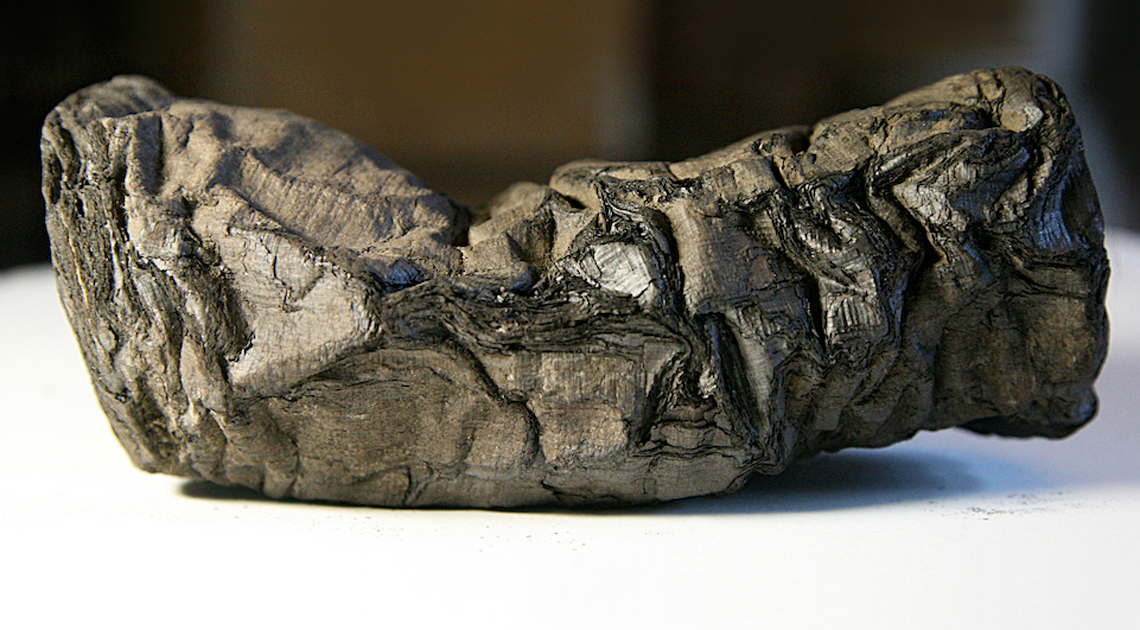
Institut de France / Vesuvius ChallengePapyrus scrolls were carbonized by the volcanic eruptionInstitut de France / Vesuvius Challenge
The Vesuvius Challenge aims to virtually unroll and read ancient scrolls burned by the eruption of the Mount Vesuvius volcano in Italy almost 2,000 years ago. More than 600 scrolls have been excavated from a palace in Herculaneum that was buried by ash during the eruption. To unroll them would cause them to fall apart. The charred remains have been preserved, but is there any way to read them? One option is to use X-ray computed tomography scanning—the starting point of the competition launched in 2023—and AI to recognize the ink markings. The objective of the competition was to read four passages of at least 140 characters from one of the four parchments already scanned, and to recognize at least 85% of them. Four teams achieved the goal. First place, which included a US$700,000 prize, went to a team comprising one Egyptian, one American, and one Swiss researcher. In second place, three teams won US$50,000 each—one of them led by researchers from the São Carlos Institute of Physics at the University of São Paulo (IFSC-USP). The group includes computer scientist Odemir Bruno, his student Elian Rafael Dal Prá, at the time an undergraduate, and postdoctoral fellow Leonardo Scabini. The challenge for 2024 is to successfully read 90% of the four scanned scrolls, and the race has already begun (Agência FAPESP and scrollprize.org).
Republish